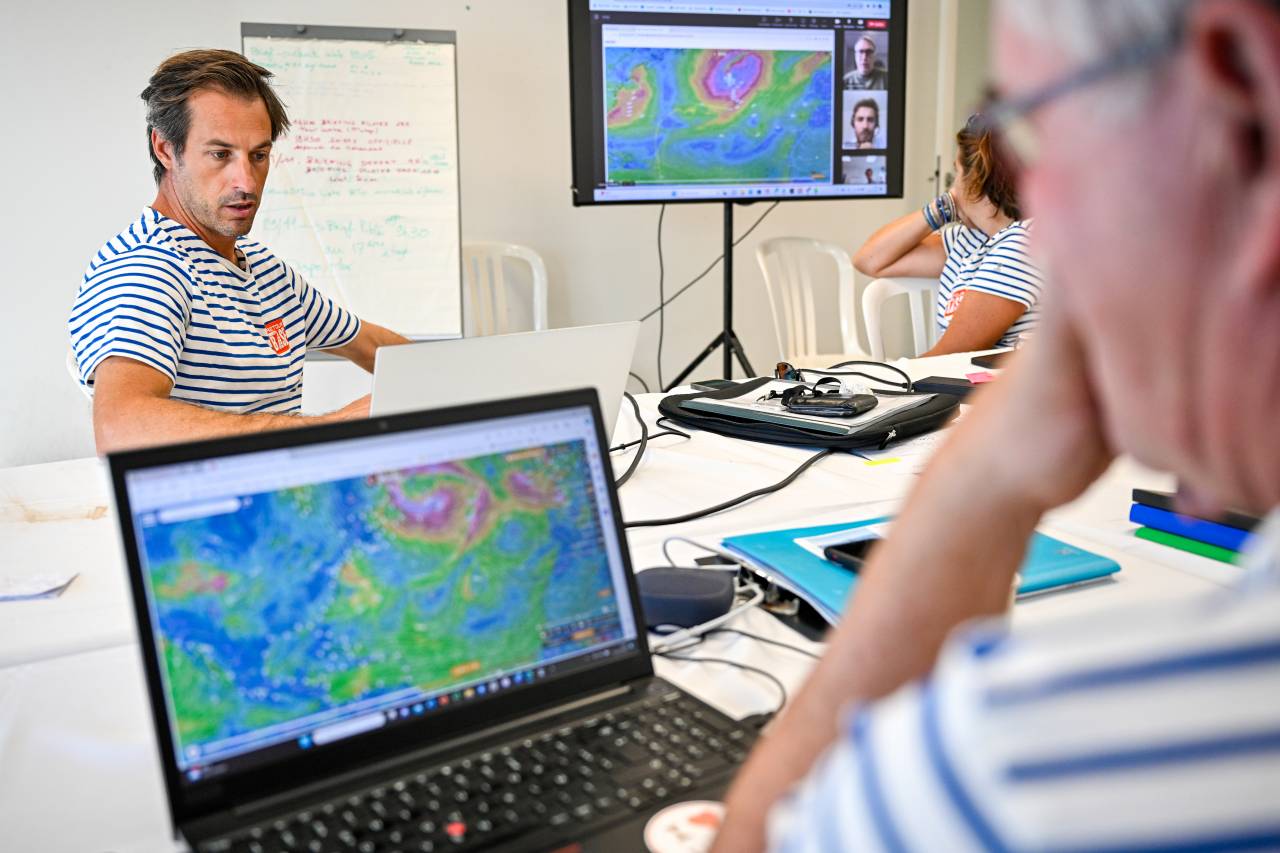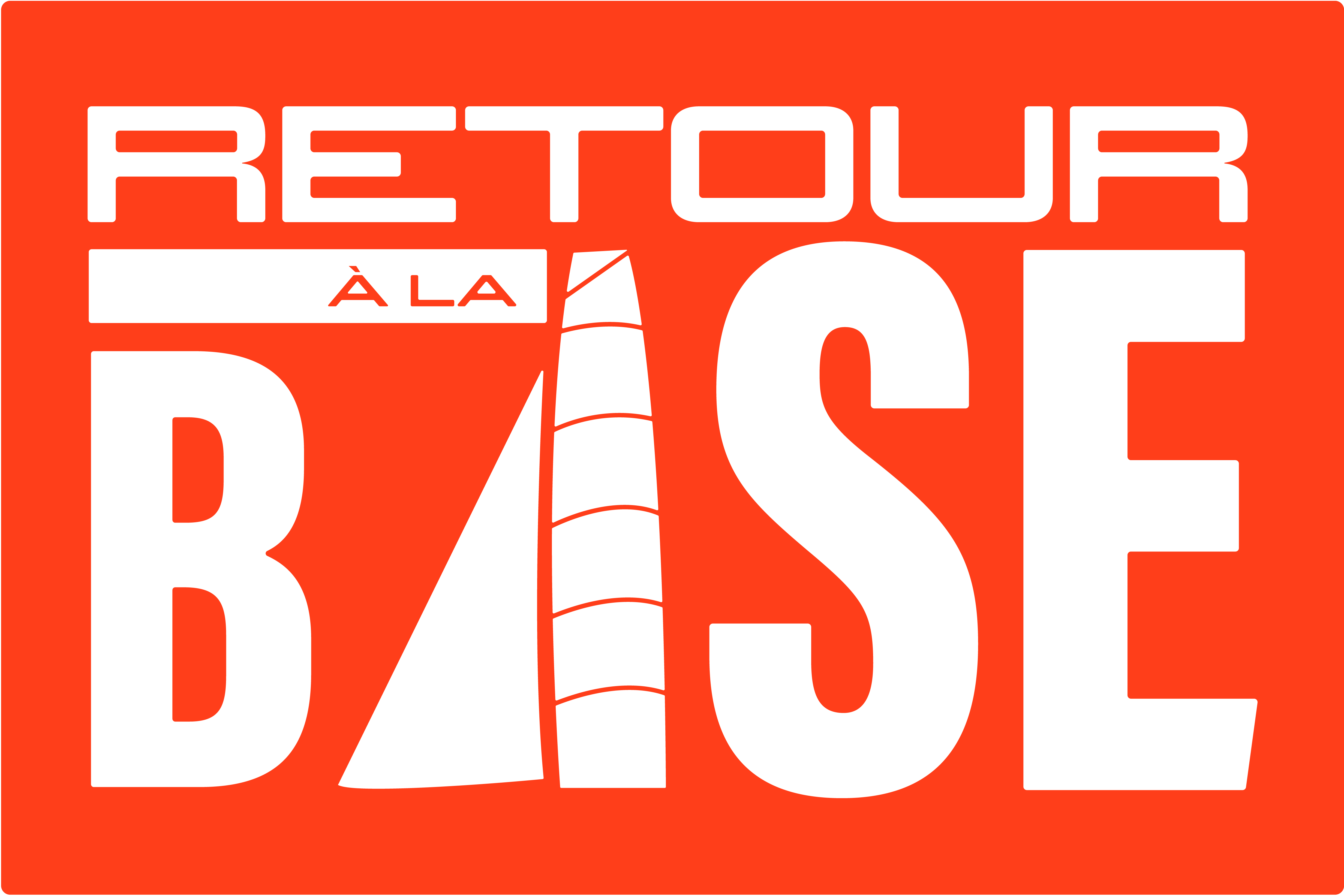Retour à La Base: Everything you need to know about an exciting new IMOCA race

Four days before the start and after a weekend when most skippers prioritised relaxation and time off preparations really step up a gear. The teams are finalising their work to have the boats ready, supplies are ready for loading, the skippers are a little more rested. And start time is getting closer, not least because there are only three more nights in a dry, comfortable bed!
Head of the race management, Hubert Lemonnier explains all we need to know about this new race.
What sets Retour à La Base apart from other IMOCA races this season?
Hubert Lemonnier: The skippers are getting back to solo sailing after a year of crewed and double handed racing. So it is back to solo mode, to the natural ways of doing things solo, using the autopilot a lot more. And the wind angles will be a quite different, the sea should be a little rougher than in the trade winds on the way out... Rétour à La Base will allow all skippers to take a step forward in terms of experience.
How is this transatlantic race decisive for the Vendée Globe?
It already allows everyone to benchmark themselves one year from the next edition, to learn where they are in real terms and against the fleet. And racing up the North Atlantic in winter is part of the course (in January 2025) with similar conditions. The Rétour à La Base is also important as it allows a certain number of skippers to qualify for the Vendée Globe. The notice of race requires that a transatlantic race be contested between 2022 and 2023. However several skipper-boat combos have not yet done this. And skippers who are already qualified still need to make their selection via the mile race. And to qualify as one of the 13 new boats their skippers concerned must compete.
What impact will these scenarios have on the way they race?
It's difficult to know precisely at this stage. I am convinced that the racers all want to do well and will attack if weather conditions permit. If the weather is more severe, the main objective will be to get back without damaging the boats. But the IMOCAs are designed for racing and to attack without going beyond their safety margins. No one will race in delivery mode.
Less than two weeks after the Transat Jacques Vabre, will we witness a “return match” between Thomas Ruyant (For People), Jérémie Beyou (Charal) and Yoann Richomme (Paprec Arkéa)?
That seems to be the thing. They all want to be in the match again, especially those who were disappointed with their positions during the first leg of the transatlantic race.
Are there aspects about the Retour à La Base that makes it good for outsiders to do well?
Yes of course. Those who stood out throughout the season as doubles or crewed who are likely to be weaker solo. There are skippers who feel better and express themselves more in solo mode. This could upset the balances we have seen in recent races.
Is this a real test run for the Vendée Globe?
Yes totally. Even if it is still too early to comment on the weather, the skippers will be able to choose to put themselves in Vendée Globe mode by following the low pressure systems with strong winds and cross seas. But they can also set the cursor a little lower in terms of commitment, to route for a little less wind, to play more cautiously and safely. This is not an easy choice, a complex but very interesting exercise.
What is the point of the two gates which you set as Race Direction?
These two gates are on the boat’s route. They are deliberately wide. These course marks will be used to establish rankings and intermediate scores. And if the weather deteriorates, this could be a the way to determine a ranking.
How do you approach the Retour à La Base as race director?
It’s a particularly rewarding challenge. We are going to see a finish in France in winter and see how the skippers are performing back in single-handed mode. I think it’s a great exercise which promises to be interesting both sportingly and on a human level. But big picture it will allow everyone to progress, to continue the development of their boat and their experience and learning in full race mode.
Ils ont dit
Sam Davies, GBR (Initiatives Coeur): “It’s been a really long time since I did a solo race. The last one, I broke my boat. I feel like I've forgotten how to do solo. But I have an excellent boat! I have nothing needed really in miles or selection, I am doing this race for myself and with only fifth places so far this year, I intend to be in the match.”
Yoann Richomme, FRA, (Paprec Arkéa): “The boat arrived in Fort-de-France with some damage. My team has done a fabulous job from the moment it docked to strengthen it. This will be my first solo racing in an IMOCA and I therefore in this race I have a real qualification challenge. If I finish it, I will be calmer next year. It will also be my first transatlantic race from west to east with conditions close to those of the Vendée Globe: going against the depressions. This course is particularly good for that. I intend to keep an eye on Jérémie Beyou (Charal) who has an exemplary preparation with good optimisation of their boat. Nicolas Lunven (Holcim PRB) too has a dangerous boat, very efficient, very light, with a calm and determined skipper, and Sam Davies too, in short, there will be a great battle between us all!”
Benjamin Ferré, FRA, (Monnoyeur Duo For A Job): “I am delighted to finish this season with this solo race. If we are a bit behind with our daggerboard boats, we have our performance objective while telling the human stories. At the moment, I feel like I'm between two lives, in the morning I'm in race preparation mode, but I also have lots of friends in Class40 who aren't going racing and with whom I want to spend some time.”
Jérémie Beyou FRA, (Charal): “The first week, we worked quite a bit on the boat then I took a break from Saturday, without any particular physical preparation. The effects of the Transat Jacques Vabre are still lingering. Such a close start between two races I remember a long time ago. You have to pay attention to everything and at the same time not put too much pressure on yourself.”
